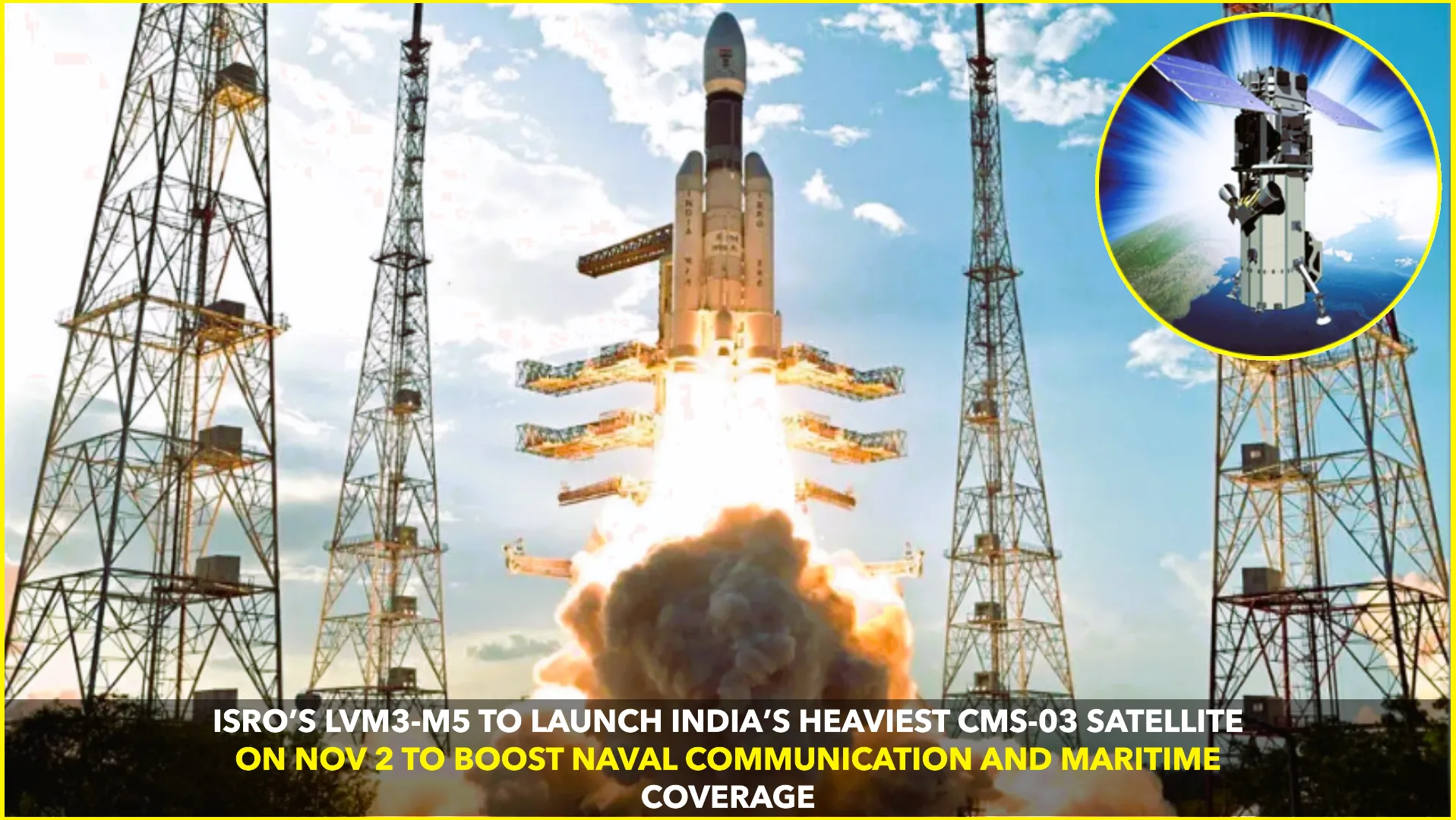The vastness of space continues to intrigue humanity, with asteroids, comets, and celestial events regularly making headlines. Asteroid impacts have long been a source of fascination and concern, with the potential to cause massive destruction if one were to strike Earth. At the same time, celestial events like planetary alignments, solar eclipses, and meteor showers captivate amateur astronomers and professionals alike. This article provides an update on asteroid activity, including the latest developments regarding the much-discussed September 15 asteroid event, and highlights recent celestial occurrences that have made waves in the space community.
Understanding Asteroids and Their Importance
Asteroids, often referred to as “minor planets,” are rocky objects orbiting the Sun, primarily located in the asteroid belt between Mars and Jupiter. While most asteroids remain harmlessly in orbit, some occasionally cross paths with Earth, leading to concerns about potential impacts. Monitoring these near-Earth objects (NEOs) is crucial for predicting any possible collisions and devising mitigation strategies.
Asteroids are also scientifically valuable. Their compositions, which include metals, water, and carbon-rich materials, provide insights into the early solar system. Space missions such as NASA’s OSIRIS-REx and Japan’s Hayabusa2 have targeted asteroids to study them up close and collect samples for return to Earth.
Previous Updates on the September 15 Asteroid Event
One of the major talking points in space news this year has been the September 15 asteroid event. Initial reports indicated that an asteroid, designated 2023 QL5, would make a close approach to Earth on this date. While it sparked interest due to its size—estimated to be around 100 meters in diameter—it was classified as a “potentially hazardous asteroid” (PHA) due to its proximity to Earth’s orbit.
However, asteroid 2023 QL5 was closely tracked by NASA’s Near-Earth Object Observations Program, also known as CNEOS (Center for Near-Earth Object Studies). Scientists used advanced models to predict its trajectory, confirming that the asteroid would pass at a safe distance of approximately 7.5 million kilometers from Earth—roughly 20 times the distance from Earth to the Moon. Despite the absence of an immediate threat, the asteroid’s approach emphasized the importance of continuing to monitor space objects for potential future risks.
Recent Developments on Asteroid Activity
Since the September 15 event, there have been new developments in asteroid tracking and exploration:
1. Discovery of New Near-Earth Objects
In the wake of 2023 QL5, astronomers have discovered several new near-Earth objects. These NEOs were identified using advanced space telescopes, such as NEOWISE and the Pan-STARRS observatory. One of the most notable discoveries was an asteroid named 2024 LM, which has the potential to make a close pass by Earth in the coming years. Scientists are currently studying its trajectory, but early estimates suggest it poses no immediate threat.
These discoveries are part of ongoing efforts to catalog as many NEOs as possible. The more asteroids that are identified and tracked, the better the chances of predicting any future collisions with Earth.
2. Asteroid Deflection and Planetary Defense Efforts
As asteroid tracking improves, so does the technology aimed at protecting Earth from potential collisions. One of the most significant developments in planetary defense is NASA’s Double Asteroid Redirection Test (DART) mission, which successfully demonstrated that an asteroid’s path can be altered using kinetic impact technology. The mission targeted the moonlet Dimorphos, part of the double asteroid system Didymos, and successfully changed its orbit in late 2022.
The success of the DART mission marked the first time humanity attempted to alter the trajectory of a celestial body intentionally, and it opens the door for future asteroid deflection missions. Scientists have hailed this as a major leap in planetary defense technology, signaling that similar strategies could be used to deflect asteroids on collision courses with Earth.
Since the September 15 asteroid event, NASA has been developing more sophisticated simulations and models to predict how asteroid trajectories might change due to external forces like gravitational interactions and solar radiation. Additionally, the European Space Agency (ESA) is collaborating on Hera, a follow-up mission to study the aftermath of the DART impact in 2026. Hera will analyze the altered orbit of Dimorphos and provide crucial data on the effects of asteroid deflection.
3. Updates on Future Asteroid Missions
In addition to deflection strategies, there are new missions on the horizon to explore and study asteroids in greater detail. NASA’s Psyche Mission, set to launch in 2024, aims to explore a unique metallic asteroid also named Psyche, located in the asteroid belt. This mission could help scientists understand more about planetary cores and the formation of planets, as Psyche is thought to be composed largely of metal—similar to Earth’s core.
Furthermore, Japan’s space agency JAXA is working on the Hayabusa2 Extended Mission, which will involve the spacecraft visiting a small asteroid called 1998 KY26 by 2031. This asteroid is of particular interest due to its small size and fast rotation, and studying it will provide new insights into the nature of these kinds of celestial bodies.
These missions not only offer scientific benefits but also contribute to the understanding of how asteroids can be mined for resources in the future, particularly for space exploration and industrial use.
Celestial Events: Recent Highlights
While asteroids and planetary defense dominate space news, celestial events such as meteor showers, eclipses, and planetary alignments continue to captivate observers. These events, while not directly impacting Earth in terms of planetary defense, play a significant role in public engagement with space science and astronomy.
1. September 2024: Jupiter and Uranus Conjunction
A rare planetary alignment involving Jupiter and Uranus will occur in late September 2024. This celestial event, known as a conjunction, will bring the two planets into close proximity in the night sky, an event not witnessed for decades. Although the two planets will not physically be close in space, from Earth’s perspective, they will appear near each other.
This conjunction will provide a unique opportunity for astronomers and enthusiasts to observe both planets simultaneously. Jupiter, with its massive size and prominent moons, and Uranus, known for its pale blue color, will be visible with the aid of telescopes or even binoculars in some cases.
2. Annular Solar Eclipse of October 2024
Another highly anticipated celestial event is the annular solar eclipse expected on October 2, 2024. This type of eclipse occurs when the Moon passes in front of the Sun but does not completely cover it, creating a ring-like appearance, often referred to as a “ring of fire.”
The path of the eclipse will cross parts of North America, including the United States, Mexico, and parts of the Caribbean. Though it won’t be visible in India, this celestial phenomenon has sparked widespread interest across the globe. For regions where it can be observed, it is an exciting opportunity for skywatchers, scientists, and photographers alike to witness a rare and mesmerizing solar event.
3. Meteor Showers: Orionids and Draconids
Two major meteor showers are set to dazzle skywatchers in the coming months. The Orionid meteor shower, which peaks in late October 2024, is known for its fast and bright meteors that radiate from the constellation Orion. This shower is the result of Earth passing through debris left behind by Halley’s Comet and is one of the most reliable annual meteor events.
Similarly, the Draconid meteor shower, which peaks earlier in October, is famous for its variability. Some years, the Draconids produce a handful of meteors per hour, while in other years, it has produced “meteor storms,” with hundreds of meteors visible per hour. Though less predictable, it’s an event that offers a spectacular light show under the right conditions.
Asteroid Mining and the Future of Space Resources
Beyond observing celestial bodies, there is growing interest in the potential for asteroid mining. Asteroids contain valuable resources such as water, metals, and rare Earth elements, making them attractive for space mining operations. Water, in particular, could be used to create fuel for future space missions, while metals like platinum could be used for manufacturing in space.
Several private companies, including Planetary Resources and Deep Space Industries, have expressed interest in asteroid mining. Governments are also taking notice, with NASA and ESA exploring the feasibility of using asteroid resources to support future space exploration missions, such as Mars colonization.
In recent years, the legal framework surrounding space mining has begun to take shape. The U.S. and Luxembourg have passed laws that give companies the rights to resources mined from asteroids, though there is still debate over the broader international implications. The United Nations is expected to play a key role in regulating space mining activities, ensuring that resources are used responsibly and that all nations benefit from space exploration.
Conclusion
Asteroids and celestial events continue to capture the imagination of both the public and the scientific community. The September 15 asteroid event, while not a direct threat to Earth, served as a reminder of the importance of asteroid tracking and planetary defense initiatives. The DART mission, alongside new discoveries and technological advancements, has laid the groundwork for future efforts to protect Earth from potential asteroid collisions.
Simultaneously, exciting celestial events such as the upcoming Jupiter-Uranus conjunction, the annular solar eclipse, and meteor showers, remind us of the beauty and wonder of space. As humanity continues to explore and understand space, both the risks and the opportunities that lie beyond our planet become clearer.
The future holds exciting possibilities, from mining asteroids for resources to developing better technologies for asteroid deflection. These advancements will not only contribute to scientific knowledge but will also help secure humanity’s future as we navigate the challenges and possibilities of space exploration.
For more detailed updates on asteroid missions and future celestial events, follow the NASA Planetary Defense Coordination Office or explore upcoming celestial happenings at Time and Date’s Astronomy Section.
Internal Links:
External Links:










